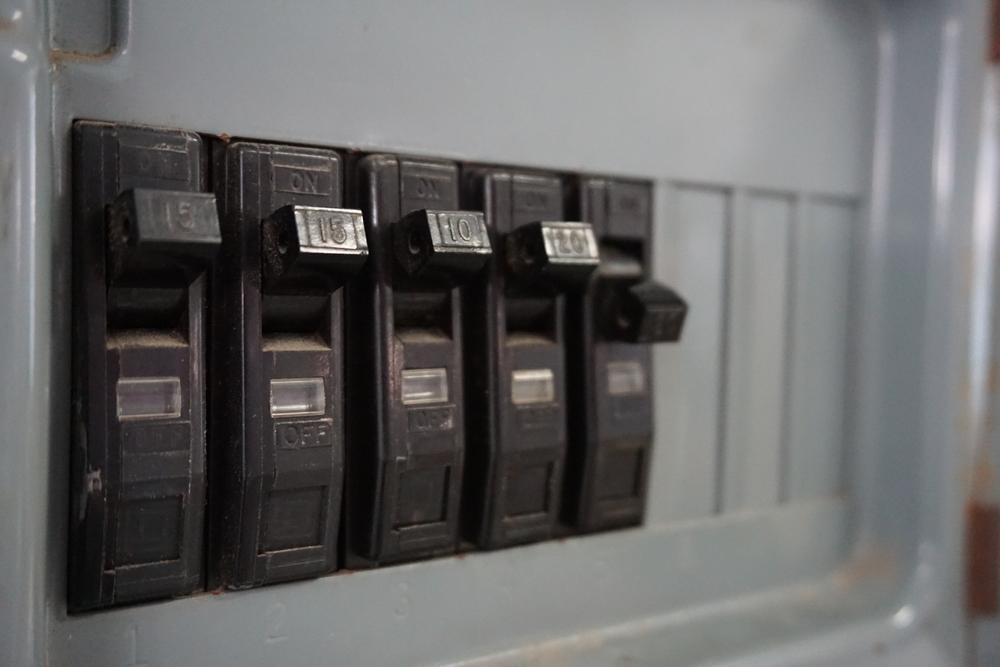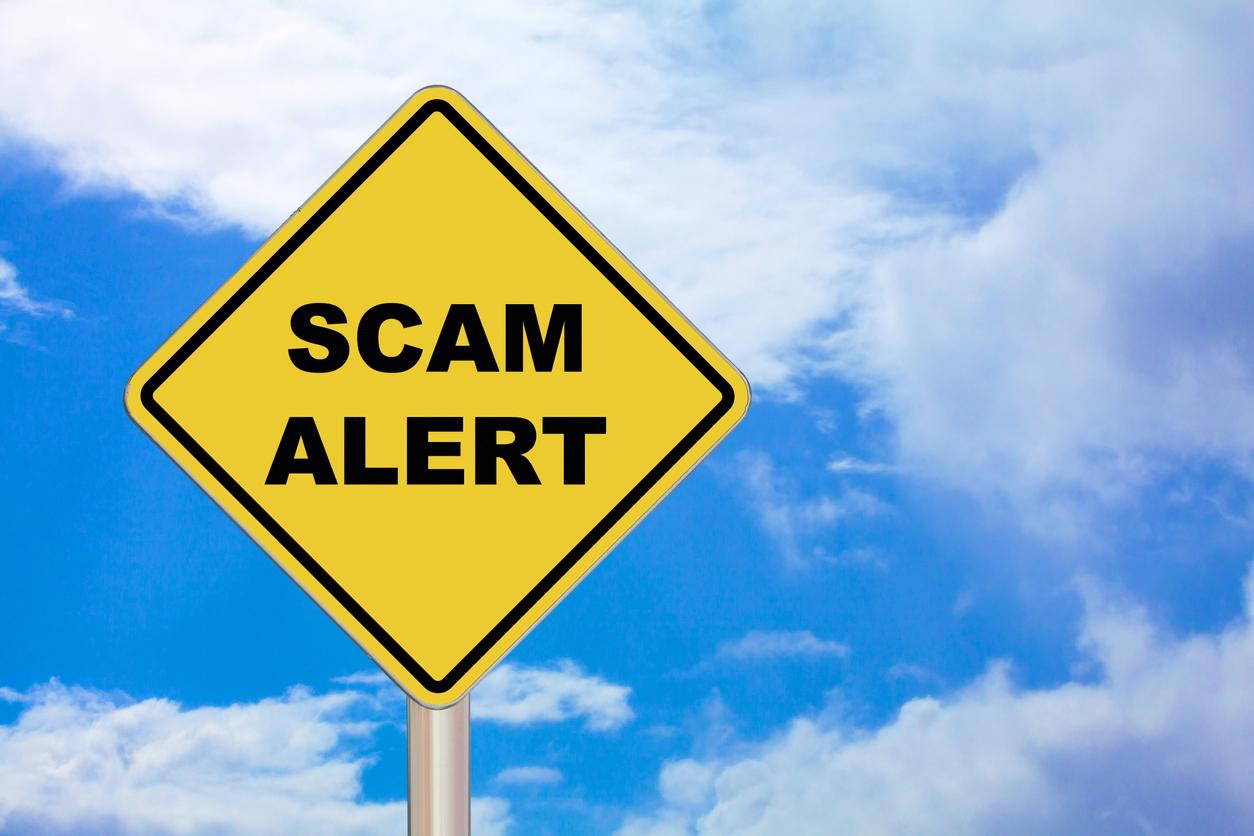
Home air quality isn’t just for comfort – the effects on your health may surprise you.

Chirping, squealing, growling, rattling and knocking –coming from your AC unit? Find out what they mean and what you can do to fix it.

Tripping the breaker or blowing a fuse can be a sign of a greater problem with your cooling system or your electrical circuits.

There are a number of other sure signs that an air duct cleaning company is not what they say they are – make sure you know them.

A simple guide to understanding common furnace smells and what you should or can do about them.
You can count on Champion & Nash for fast, effective, and well-priced solutions tailored to your needs.